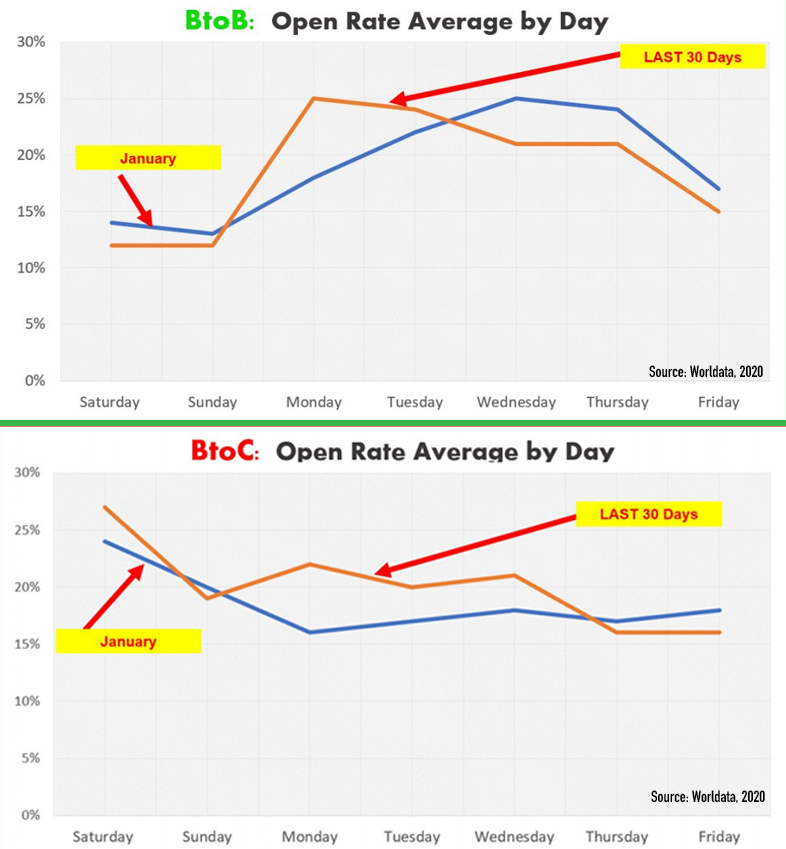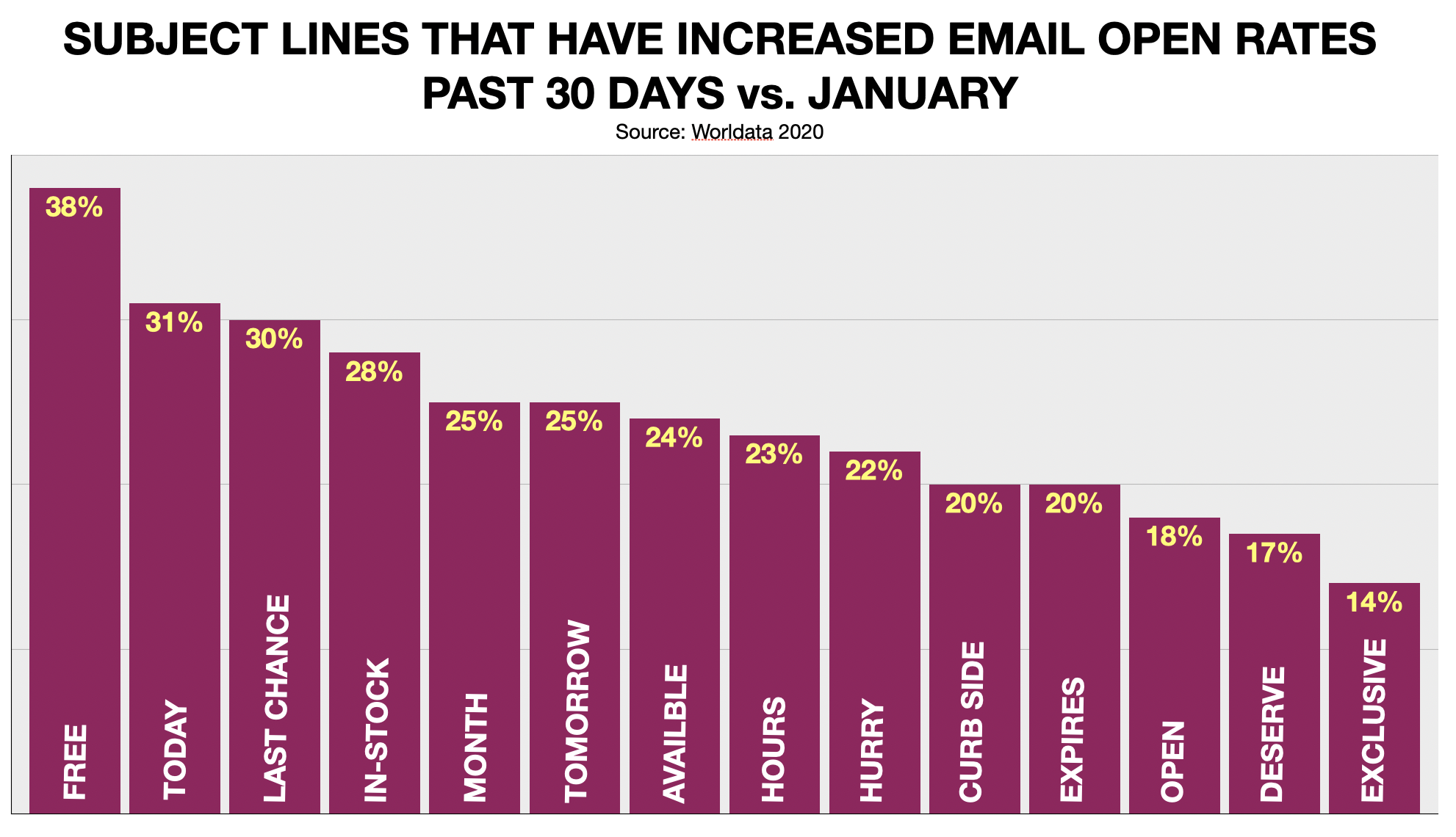 Boston business owners are forecast to invest $20 million in 2020 on email advertising campaigns to market their goods and services, according to Borrell Associates, a company analyzes ad spending by local companies across the country.
Boston business owners are forecast to invest $20 million in 2020 on email advertising campaigns to market their goods and services, according to Borrell Associates, a company analyzes ad spending by local companies across the country.
Borrell predicts overall spending on email marketing by Boston companies is expected to be down by nearly 12% versus last year, primarily due to the pandemic. Regardless, now might be a good time for small business owners to consider engaging current and prospective customers with emails.
"Email is on-fire right now," says Jay Schwedelson, President of Worldata, a company that builds and measures email marketing success for Fortune 100 companies. "Since the start of the pandemic, consumers are spending 22% in their email inbox than they were in January."
Mr. Schwedelson speculates the increase in inbox time is due, in part, to many consumers working from home and depending more-and-more on written communication from co-workers and customers.
"It could also be that consumers are finding comfort in their email boxes rather than from all the noise on social media."
"Either way, email marketing is performing better than ever," says Mr. Schwedelson. "We've studied more than 200 million emails sent over the past 30 days to both business-to-consumer and business-to-business. We found that B2C open rates are up 16% since January, while B2B open rates are 25% higher."
 "Our study also found that many of the dependable email marketing tactics that worked in January have completely changed over the past 30 days."
"Our study also found that many of the dependable email marketing tactics that worked in January have completely changed over the past 30 days."
For instance, before the pandemic, Mondays and Tuesdays had the weakest open rates for B2C emails. Now, those days are among the strongest. For B2B emails, the best open rates came at the end of the week, but that has shifted to earlier in the week.
Another significant change that Worldata has seen is how specific words used in the subject line increase email open rates. When the word 'free' is used in a subject line, consumers are 38% more likely to open that email than they were in January. Other words that imply urgency like 'today' and 'last chance' and 'hurry' also have seen similar gains.
Mr. Schwedelson encourages email marketers not to be afraid to use these words in subject lines.
"In the early days of email marketing, words like 'free' or using all caps in a subject line was a sure way to send a marketer's message to the spam or junk folder," he says. "That all changed several years ago."
"The content of a subject line is no longer used to identify spam. Email platforms like Gmail and Outlook now use the reputation of the sending domain as the primary criteria. Email marketing providers like Mailchimp, Hubspot, and Constant maintain very high standards for the mail sent from their servers' IP addresses to limit emails being marked as spam or junk."
Based on the Worldata study from the past 30 days, Mr. Schwedelson suggests that Boston small business consider the following tactics to ensure high open and engagement rates for marketing emails sent to current and prospective customers.
- Use very short subject lines. Subject lines of 9 characters or fewer have far great open rates than those with 65 or more.
- Using emojis in the subject line, once thought to be silly and annoying, now are driving very high open rates in both B2B and B2C emails.
- Don't hesitate to send multiple emails over a condensed period of time. Emails sent two or three days in a row are generating significantly higher open rates than emails that are spread out over longer periods of time.
- Emails that contain animated gifs are generating at least a 27% higher click-through rate for both B2B and B2C emails.
- All links within an email should direct to the offer that is the subject of the email. This includes linking the advertiser's logo to the offer page, as well. Emails that have all links going to the offer page have a 57% higher overall conversion rates.
"These tactics may not work for every company and every campaign," advises Mr. Schwedelson. "Business owners should test everything they do before fully committing to any of them.
"We know, the emails that are getting opened and clicked on have changed since the pandemic started, he says. "There's no reason to think what is working now will still be working a few months from now. So, test...test...test."





